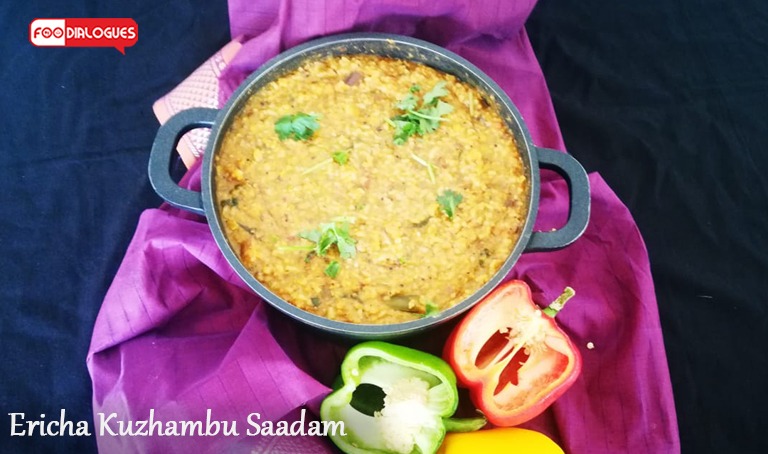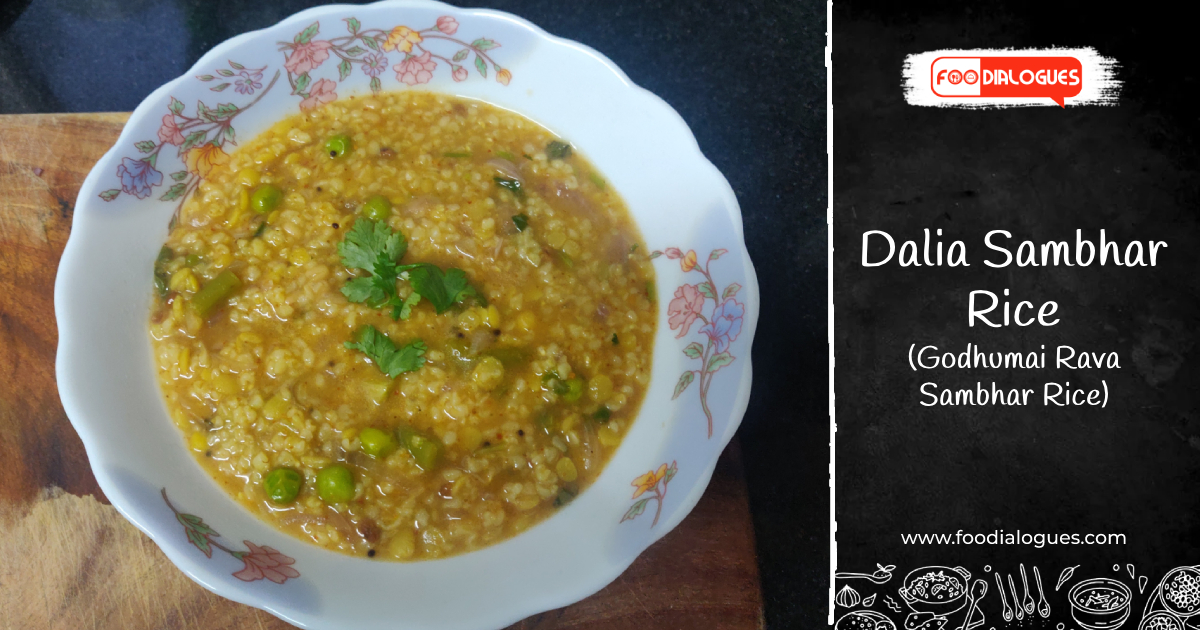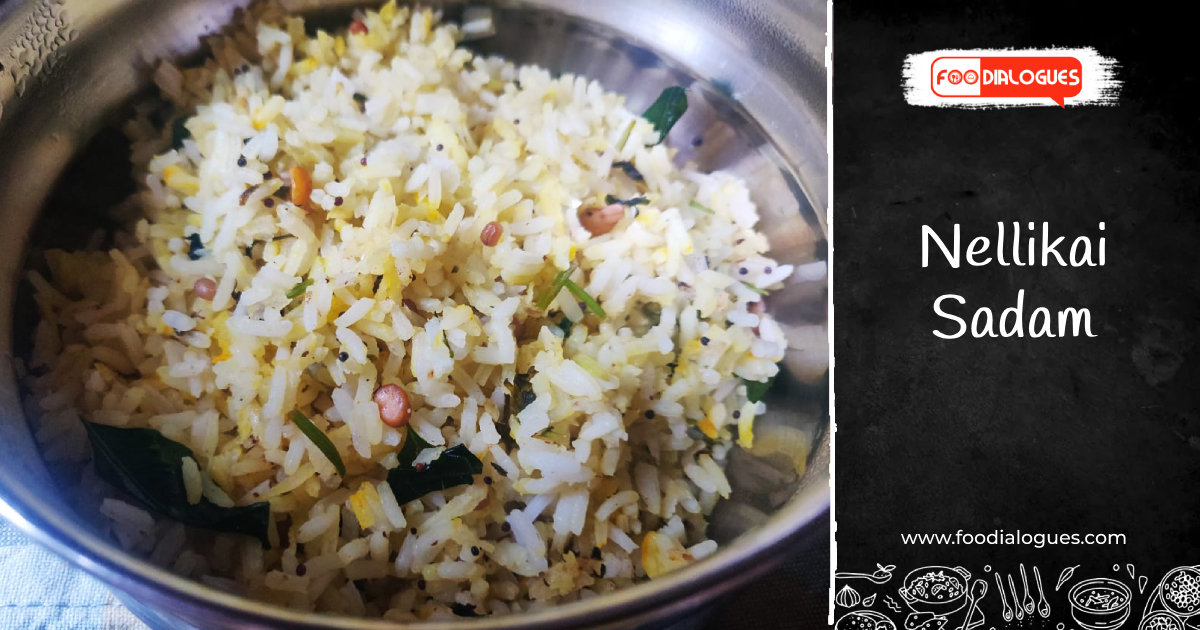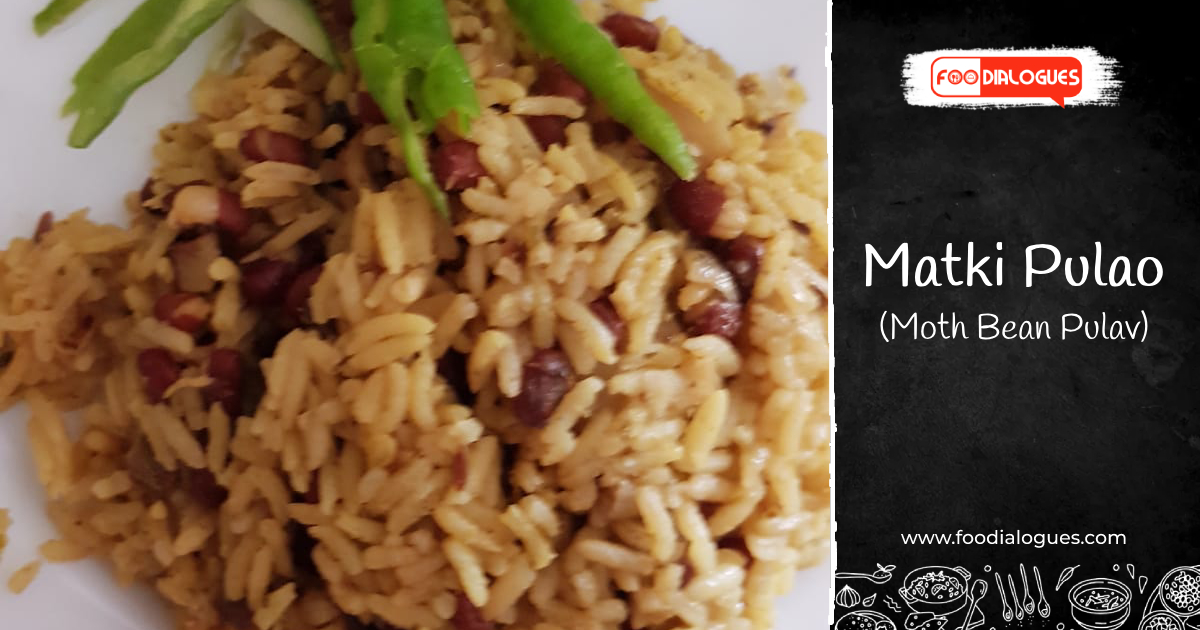SERVING 4
A glance at my refrigerator while taking out milk for my morning tea was not very satisfying. I felt the refrigerator was overloaded with tiny cups and boxes of leftovers. My relaxed early morning tea ritual with thoughts for the day’s accomplishments was disturbed. How did so much get into the refrigerator? What do I do now? I did not want to throw away food, so precious and at the same time each was too small a quantity to give away to the house hold helper. It was probably due this that it all got stored in the refrigerator for use during the next meal, but forgotten. So with great diligence I took stock of the food. Kalyana saathumadu,Milagu jeeraga rasam,Vathakuzhmabu ,Keerai masiyal,yam roast….,,All were tamarind based “kuzhambu” or gravy, a little of rasam, and some vegetables which were steamed and sautéed.
Suddenly an idea struck. I was taken back to the times of my grandmother when food preservation was done indigenously without the use of gadgets. After a feast or a ceremonious meal the left overs would be poured into a large brass vessel. This would be simmered over the wood fire embers throughout the night. Next day morning the thick tangy smoky relish would be tempered with gingelly oil, mustard seed, asafoetida, curry leaves and red chilly. This was called as “Ericha kuzhambu” literally translated as “burnt gravy”. This was eaten mixed with hot rice or as an accompaniment to curd rice, idli or dosa. This relish could be stored at room temperature for a week but every night it would be left on the dying embers of the stove. It was customary to prepare this on the 3rd day of Makar Sankaranthi known as “kanu”.
Amazing method and traditional of preservation indeed! The slow prolonged heating and the acid factor due to the predominant presence of tamarind, acted as a preservative. A traditional preservation method lost with time, probably due to the advent of the gas stove, refrigerator and proliferation of nuclear families. All excited I decided to make Ericha Kuzhambu on a gas stove .I took all the leftovers in a heavy bottom pan and simmered it till it became a thick mixture like pulikachal.I drizzled some fresh sesame oil on it for better shelf life and flavor. I was extremely pleased with what I did when my daughter- in – law remarked “Amma, what are you making? It smells heavenly”. Though this one made on a gas stove will definitely not have the smoky flavor, nonetheless I was happy that I had revived a traditional practice.
I used this ericha kuzhambu make a one pot meal with rice and more fresh vegetables. Thus the lunch menu was delicious tongue tickling Ericha kuzhambu saadam with potatao kara karemedhu /curry and carrot kosmalli.
INGREDIENTS
- RAW RICE – 1 CUP
- ERICHA KUZHAMBU – AS REQUIRED
- CUBED CHOW CHOW – 1/4 CUP
- DRUMSTICK LEAVES – HANDFUL
- SESAME OIL – 1 TBSP
- MUSTARD SEEDS – 1 TSP
- ASAFOETIDA – 1/4 TSP
- RED CHILLY – 2
- BLACK GRAM DAL – 1 TSP
- BENGAL GRAM DAL – 1 TSP
- CURRY LEAF – FEW
- WATER – 3 CUPS TO COOK RICE
- SALT – AS REQUIRED
METHOD
- Wash the rice and soak it in 3 cups of water.
- Heat oil in a heavy bottomed pan. Add the mustard and when it splutters, add in asafoetida, dals and red chilly. Roast till dals are golden brown.
- Add the chopped vegetables and drumstick leaves and give it a saute.Add the rice along with water and little salt to flavor the rice. Allow a boil.
- Take the ericha kuzhambu paste and mix in with the boiling rice and vegetable mixture.(THE QUANTITY OF ERICHA KUZHAMBU HAS TO BE TASTED AND TESTED DEPENDING UPON THE TANG REQUIRED.)
- Once the rice is cooked remove from flame and serve hot.




